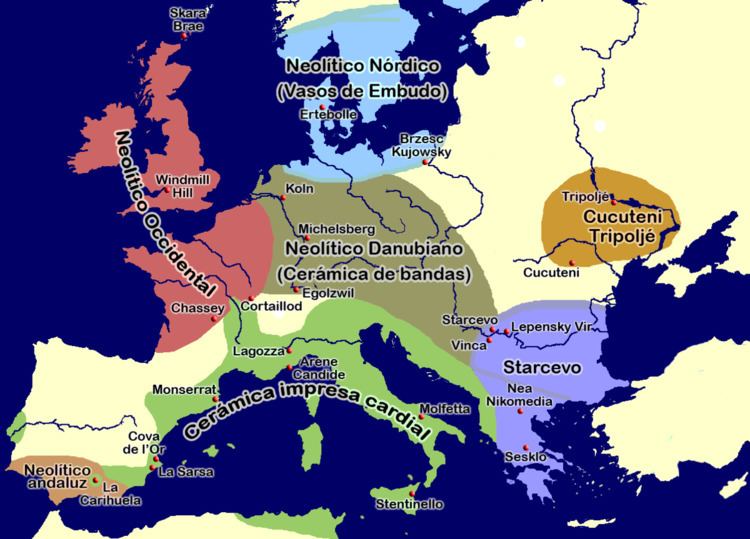Period Neolithic Europe | Type site Starčevo | |
 | ||
Dates circa 5,800 B.C.E. — circa 4,500 B.C.E. Preceded by Mesolithic Romania, Neolithic Greece Followed by Gumelnița–Karanovo culture | ||
The Starčevo–Kőrös–Criş culture is a common name for a grouping of three related Neolithic archaeological cultures in Southeastern Europe: the Starčevo culture, the Kőrös culture, and the Criş culture.
References
Starčevo–Kőrös–Criș culture Wikipedia(Text) CC BY-SA
